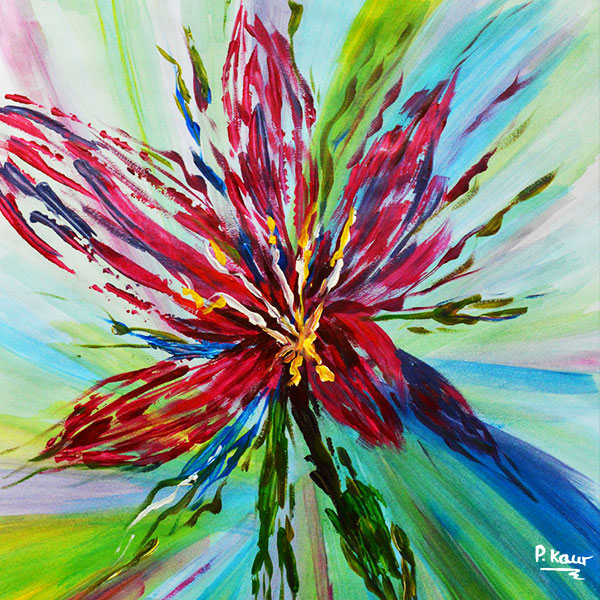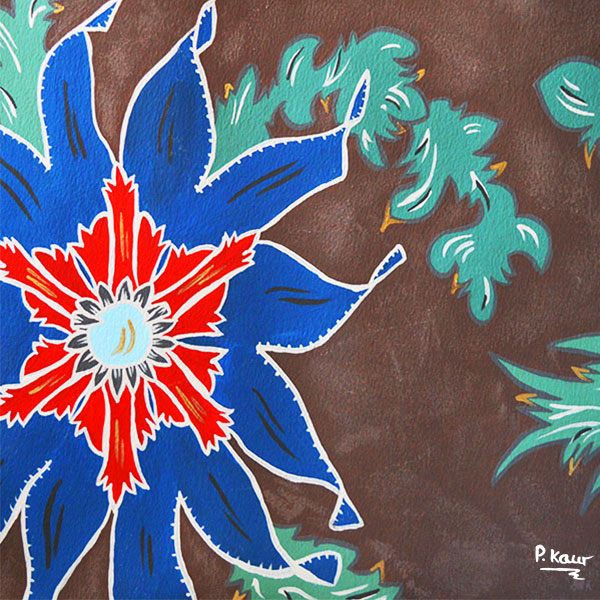Brown is essentially a dark orange. It is achieved by adding together orange and varying amounts of black. It is associated with nature, the colour of trees, branches and mud. It is the least favourite colour however in society, blue being the most favourite.
Language
The word ‘brown’ comes from Old English ‘brún’. Words from around the world for brown often come from food or drinks like coffee, chocolate, chestnuts or tea.
‘Khaki’ is a light brown colour that gets its name from the Urdu word for ‘dust-coloured’, which in turn is taken from an earlier Persian word for soil.
Brown is the most common coloured based surname.
Ancient Egypt’s referred to their land as ‘black land’ due to the fertile soils being so dark in brown colour.
Meaning
On a positive note, brown generally denotes warmth and stability thanks to its association with nature and trees. It can be a serious enough colour but not as serious as black.
In interior design, brown is commonly used as a base or a large portion of the colour palette due to wood and fabric used in the home. Thanks to the massive variety of tones available, ranging from beiges to dark chocolate, brown is a good base from which to build a colour palette from. Brown has that warm and cosy feeling that is very appropriate for the home.
Brown does lack that sophistication that black or blue both denote therefore isn’t used much in the corporate world.
Pigments
The earliest brown pigment comes from umber, a natural earth clay consisting of iron oxide and manganese oxide. The colours vary between yellows, reds, and green. This was used in the cave paintings to depict horses, dating back to around 17,000 years ago though the use of the pigment supposedly dates back to around 40,000 years ago.
The brown natural clays relating to umber were later heated to create colours such as burnt umber and burnt sienna.
The Ancient Egyptians developed a pigment called mummy brown, which was made from ground mummies and used in oil.
Walnuts and the chestnut tree have been used to make a brown dye since ancient times.
Brown coloured ink was produced by the Ancient Greeks and Romans, the colour was called sepia. The ink came from cuttlefish.
Woad and madder, both plants, were used as pigments. They produced varying shades between greys, blue and brown.
Soil and peat were also used as a pigment and became known as Van Dyck brown. This was abandoned by the 20th century as it wasn’t reliable as a pigment and synthetic versions would soon replace the natural pigments.
Organic matter is largely brown due to the minerals it contains. Matter turns into a deeper brown black colour as it decays. Rich and fertile soils tend to be darker in colour.
All mammals have brown irises except for a few. Many mammals and birds are brown in colour. This is likely due to evolution as the earth and nature is largely brown and so has a camouflage advantage. For some animals, their colour changes with the seasons, further increasing their chances of survival due to camouflage.
Majority of humans have brown eyes and range from light amber and hazel to dark brown. Brown is the second most common colour of natural hair after black. Majority also have a tone of brown skin ranging from light honey to dark chocolate. Even though people can be classified as ‘white’, ‘brown’ or ‘black’, in reality that is a social construct and isn’t consistent with the actual skin tones of humanity.
Evidence suggests that dark brown skin colour was common amongst Europeans until around 5,000 years ago. By this time, blue eyes had already evolved. Therefore some people in the European region would have had dark skin, dark hair and blue eyes – this combination is not found today. Lighter tones of skin means the skin has to synthesise more vitamin D from sunlight. One theory goes that because of the changes in diet due to agriculture, vitamin D naturally was reduced in consumption and so to compensate, the body needed to evolve another way to get its intake of vitamin D.
Tones
We have a massive range of brown tones, arguably more than any other colour. The tones vary from the light neutrals like beiges and taupe to the darker richer colours like chocolate, coffee and mahogany.
General Use in Society
Palaeolithic Times
17,000 years ago, brown pigment made from umber was being used in cave paintings.
Ancient Times
In Ancient Egypt brown was widely used a skin colour for their paintings.
Pottery was painted with a base of brown with embellishment on top in ancient times.
Ancient Greeks and Romans created sepia coloured ink made from cuttlefish. Brown coloured clothing was associated with the lower classes for the Romans.
Medieval and Renaissance
Brown wasn’t used much in art in the medieval period, bright colours were favoured rather than dark. However use of brown increased in art works in the Renaissance using colours that are familiar to the artist’s palette today: raw umber, raw sienna, burnt umber and burnt sienna.
Leonardo da Vinci was using brown ink made from cuttlefish in his works. Brown was also used to create chiaroscuro effects in the renaissance, which is extreme displays of contrast using light and dark tones to create drama in a painting.
Brown still remained a colour to be worn by the lower classes until laws changed the way people dressed according to their class and status.
Monks of the Franciscan order wore brown as a sign of humility and poverty.
Modern Times
A ‘brownie’ is a household spirit or elf and comes from folklore in Scotland. They clean at night in exchange for gifts of food, fond of porridge and honey. Their equivalents are Scandinavian tomte or nisse. German equivalent Heinzelmannchen and the Slavic domovoi. Modern famous version is 1949 Enid Blyton’s character Big-Ears from Noddy.
As art came into modern times with movements like impressionists, bright colours were favoured and not dark dull colours like brown.
Brown became a colour associated with a simplistic and natural way of being. Brown paper was developed and used for bags for lunches and wrapping for packages. Brown bread is viewed as healthier than white bread.
Brown has been a long favourite colour for military uniforms worldwide, due to wide availability and low visibility. Khaki, a lighter brown, became a favourite in 1846 for Indian soldiers. Nazi Sturmabteilung became known as ‘brownshirts’ because of the colour of their uniform. If someone voted for Nazis, they were ‘voting brown’. From 1930s Hugo Boss was one of the clothing firms that was mass producing brown uniforms.
Junior girl scouts took the name ‘brownies’ in 1918. They were originally called rosebuds and they didn’t like it.





